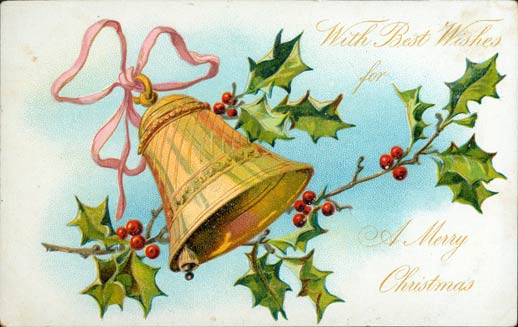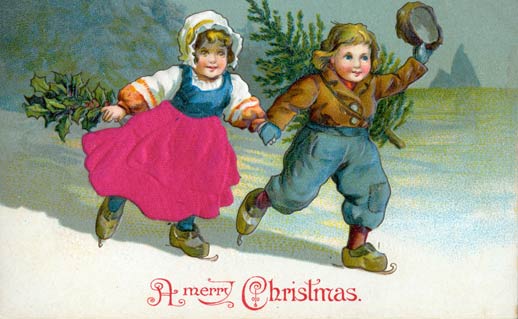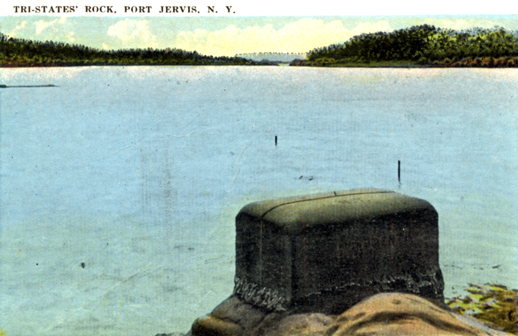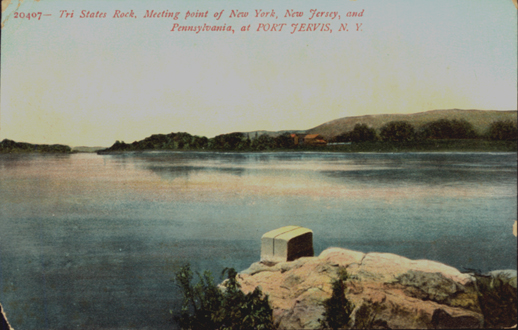The Mill on Halfway Brook at $24.95
The Mill on Halfway Brook can be purchased from this site for $24.95 until the end of January. The lower cost includes USPS shipping, Please allow at least 2 weeks for delivery.
I have 5 The Mill on Halfway Brook books which have covers with slight damage. These are available for $21.95 including USPS shipping by sending me a check at my snail mail address. Please email me at: [info at halfwaybrook dot com] for more info if you are interested.
Christmas Card 2
Christmas Postcard 1
High Bridge, Shohola Glen, PA
Thanksgiving 1901
Swamp Mills, December 4, 1901
My goodness what a snow. I got my two calves soaked. Like a fool I forgot
my leggings this morning.
Gladys’ folks have company—a Mr. Hankins from Tusten—some relative to
Mrs. A.S. Myers.
Poor George [Crandall] was not feeling well Sunday. He looks better than he has in a good while.
Thanksgiving I had sparerib, cabbage, potatoes, chocolate cake, apple pie, pickles, cranberries and some other I don’t know what and coffee.
I went in to see Olive Wormuth and downtown and skated 25 minutes. I went over to the store, had 5 invitations out, beside yours and did not accept any.
At night went down to Bertha Wilsons and stayed till twelve o’clock at night on the ice.
Mrs. Abendroth, Will Wilson, Alex Wait and I ate supper. Next we went to church then to the gymnasium. After that on the ice and skated till half past twelve.
I am sorry I cannot come.
Your friend, Jennie [Crawford, who latter married George Crandall.]
Boarding Houses Information Request
After hearing from a Straub descendant this morning, I thought perhaps there are others that read this blog that might have information/photos for some of the boarding houses I am writing about in “Echo Hill and Mountain Grove.”
EHMG is about life in Highland Township, Sullivan County, New York, from 1880 to 1920 and includes the boarding houses in the area.
Here is a list of boarding houses and/or owners that I could use more information on. You can send a comment to me on this post or email me
at: info at halfwaybrook dot com Thank you!
Herman Barber Mt. Farm House in Yulan
Bodin Cottages: Justin and Adel and later Henry and Blanche
Bornstein, Edward and Georgiana
William Bosch, The Lake House
James and Margaret Boyd, The Piermont
Atwell Bradley, Lakeview Cottage
Cantwells
Continue reading
Tri-State Rock, Port Jervis, New Jersey
Visit Eldred, May 9, 1913
Dear Lillie,
Can’t stay a whole week, but come Sunday if you get this in time and I’ll be glad to go home with you.
If you can’t come Sunday, come Monday and I’ll be at Mother Crawfords.
Lovingly, Jennie [Crawford Crandall]
An ocean of letters
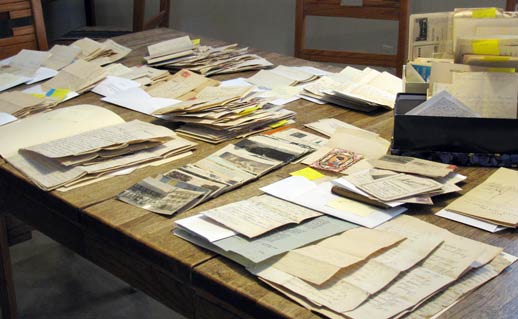
Most of box #2, courtesy of Kathy T.
I have spent most of this week typing up a wonderful group of ‘new’ old letters for Book 2, that were sent to me by my newly found Austin Cousin, Kathy T.
Kathy’s grandmother was Lillie Austin Calkin, daughter of James Eldred Austin and his wife Emma Parmenter.
Lillie was born in 1884 in Solomon City, Kansas, and we will meet her in Echo Hill and Mountain Grove, the book I am currently writing.
Very fortunately for me and our family, Lillie saved about everything, I am told.
Many of the letters were Austin letters and/or photos. I will post them at Austin/Leavenworth info as I have time.
There were a number of letters of Jennie Crawford Crandall that were included and talk about a number of townsfolk who have been or will be a part of the story that I am writing. As I have time, I will post some of those here.
Back to typing up letters!

